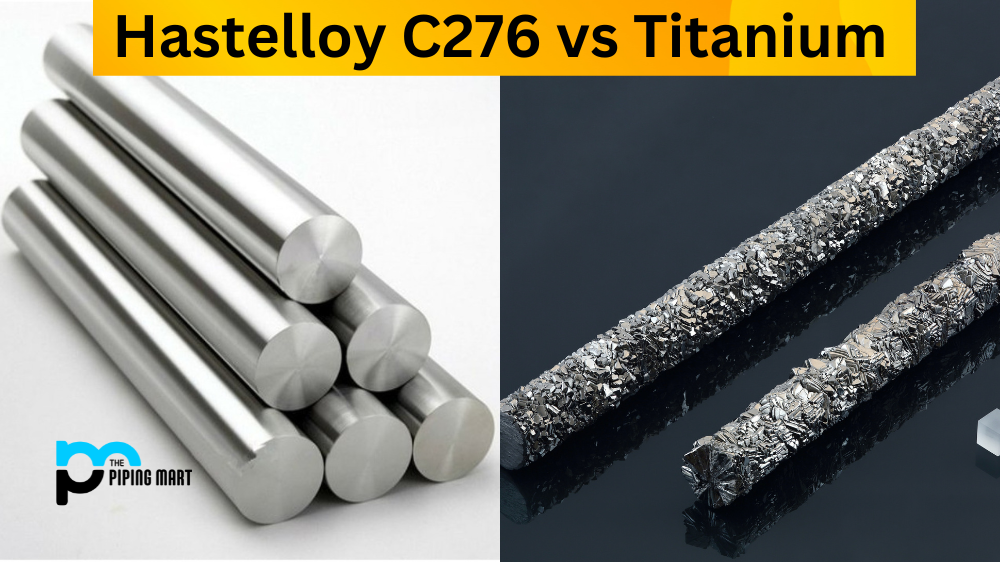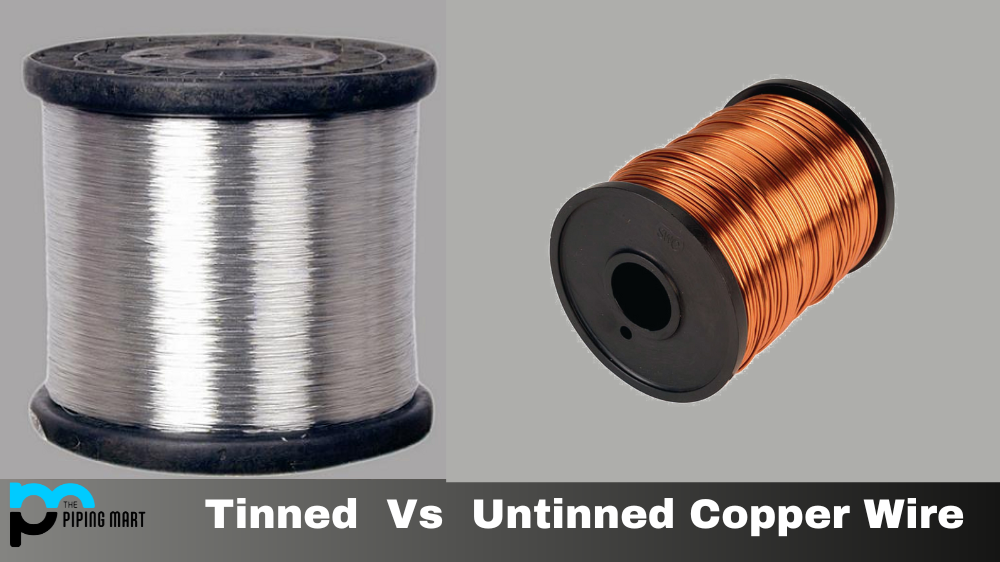Many factors must be considered when selecting the right material for a specific application. Two commonly used materials that are often compared are hastelloy C276 and Titanium. These materials are known for their high strength, corrosion resistance, and durability. However, which one is better suited for a specific application? In this blog post, we will compare hastelloy C276 and Titanium based on various factors to help you make an informed decision.
Difference Between Hastelloy C276 and Titanium
Chemical Composition
Hastelloy C276 and Titanium both have very different chemical compositions. Hastelloy C276 is an alloy of nickel, chromium, molybdenum, and tungsten, while Titanium is mostly titanium dioxide.
Properties
Hastelloy C276 is known for its high corrosion resistance and ability to withstand high temperatures, while Titanium is known for being lightweight and strong.
Melting Point
Hastelloy C276 has a melting point of 1370 degrees Celsius, while Titanium has a melting point of 1668 degrees Celsius. This means that Hastelloy C276 will begin to soften and lose its shape at lower temperatures than Titanium.
Uses
Hastelloy C276 is often used in chemical processing equipment, as it can withstand harsh chemicals and high temperatures. Titanium is often used in aircraft and spacecraft due to its lightweight and high strength.
Corrosion Resistance
Hastelloy C276 is a nickel-molybdenum-chromium alloy with tungsten and a small amount of carbon and silicon, making it highly resistant to corrosion in various environments. It can withstand exposure to highly oxidizing and reducing acids, making it ideal for chemical processing applications. On the other hand, Titanium has a thin layer of oxide on its surface, which provides excellent corrosion resistance to environments containing chlorides, such as seawater. However, it is susceptible to attack in highly acidic or alkaline environments.
Strength and Durability
Hastelloy C276 has high strength and excellent resistance to creep and stress rupture, making it suitable for high-temperature applications. It also has good ductility, allowing it to withstand large deformations without failing. On the other hand, Titanium is known for its strength-to-weight ratio, making it ideal for applications requiring high strength and low weight. It also has excellent fatigue resistance, making it suitable for cyclic loading applications.
Cost
The cost of hastelloy C276 is generally higher than Titanium due to its more complex manufacturing process and the high cost of nickel. However, the cost may vary depending on the application and the required specifications.
Machinability
Hastelloy C276 can be difficult to machine due to its high strength and hardness compared to Titanium, which is easily machinable. Machining hastelloy requires specialized tools and techniques to avoid overheating or work hardening the material.
Weldability
Both materials are weldable, but hastelloy C276 is easier to weld than Titanium due to its higher ductility and lower melting point. Titanium requires specialized welding techniques to avoid contamination and ensure a strong weld.
Conclusion
Hastelloy C276 and Titanium have strengths and weaknesses, and their choice depends on the specific application and requirements. Hastelloy C276 is ideal for highly corrosive environments and high-temperature applications, while Titanium is better suited for applications requiring strength, low weight, and excellent corrosion resistance in environments containing chlorides. Ultimately, the decision between these two materials should be based on a thorough evaluation of the application, cost, machining and welding requirements, and the use of each material’s unique properties.
Rachana is a dedicated and ambitious young woman who has made a name for herself in the metal industry. From her earliest days in the industry, Rachana showed a natural talent for problem-solving and a keen eye for detail. In her free time, She enjoys reading up on the latest advancements in the industry, as well as exploring new ways to innovate and improve upon existing processes.




